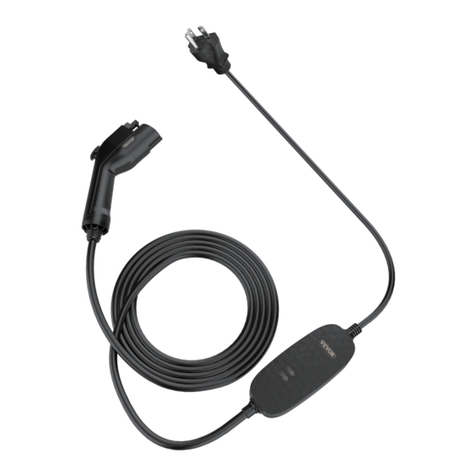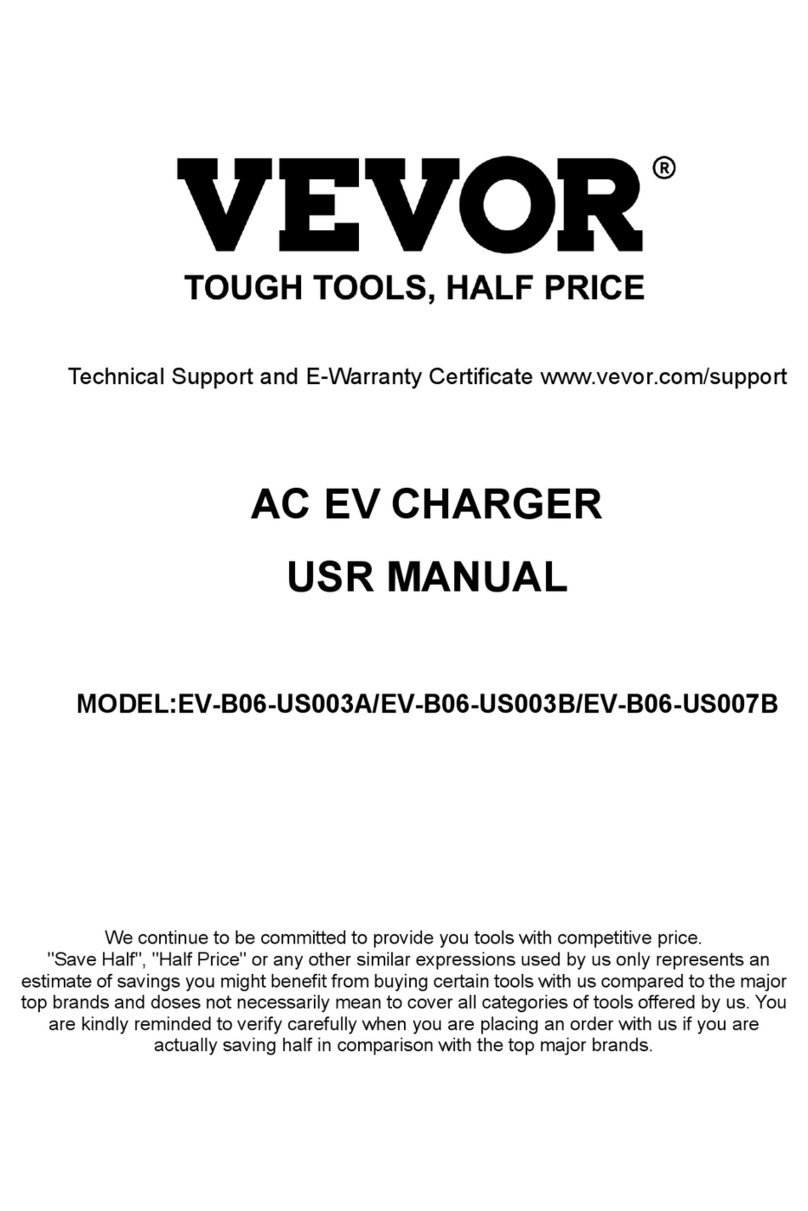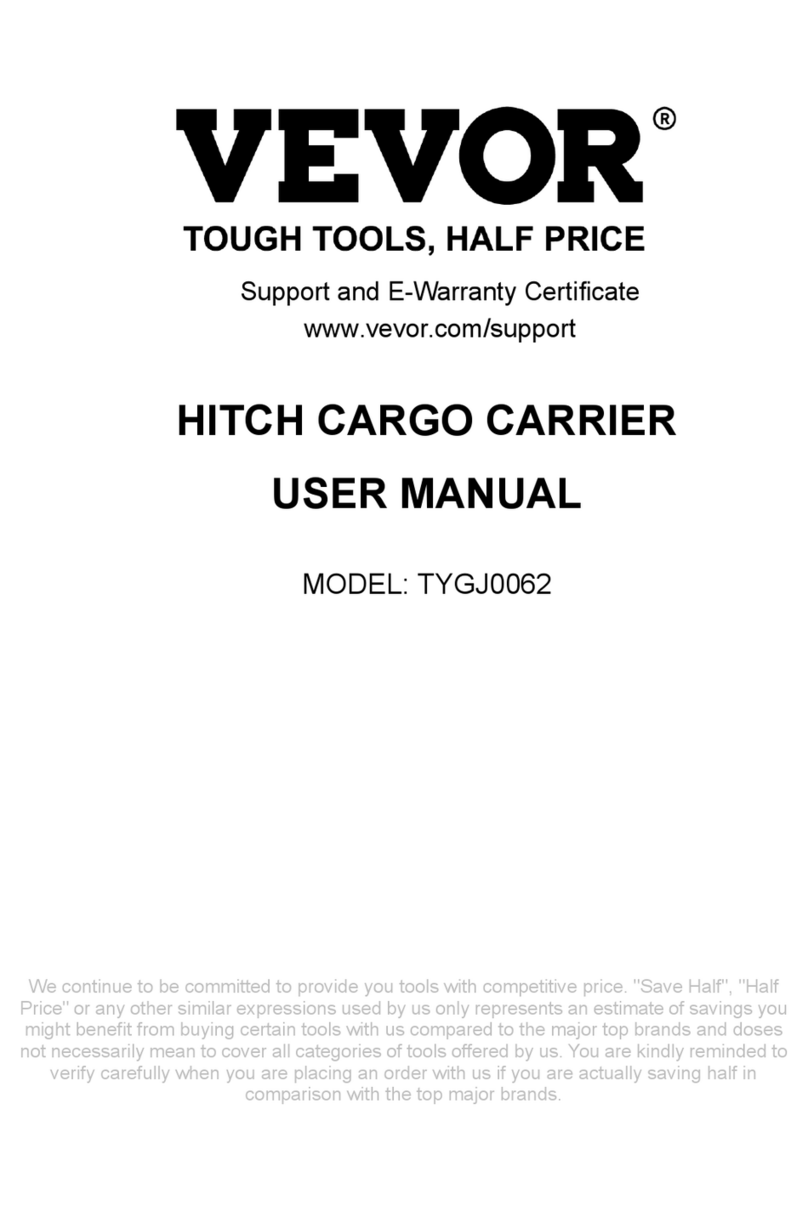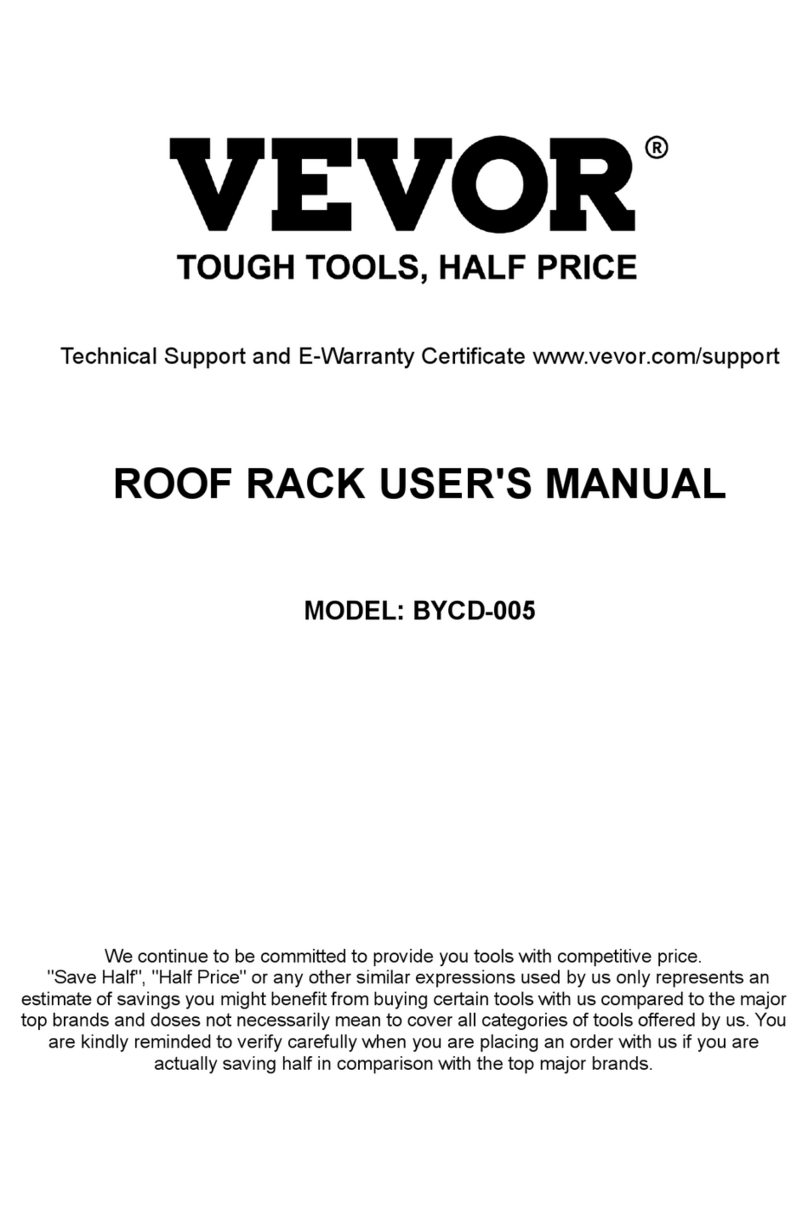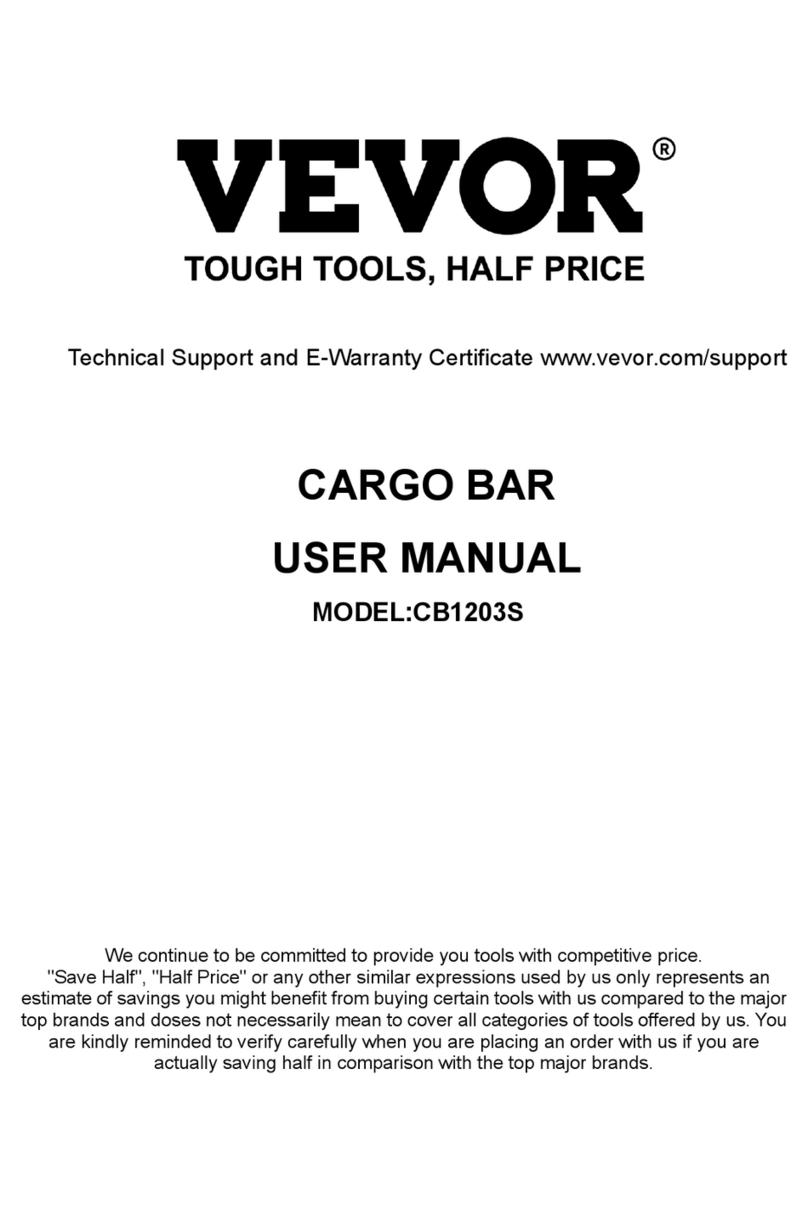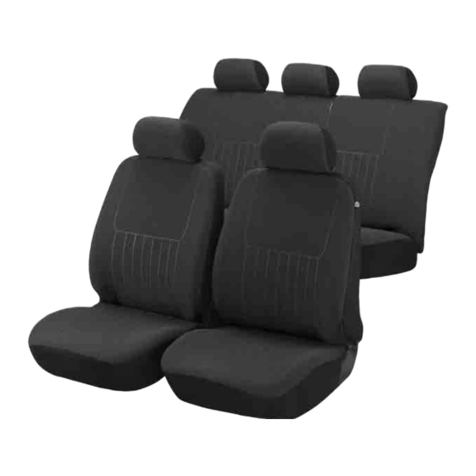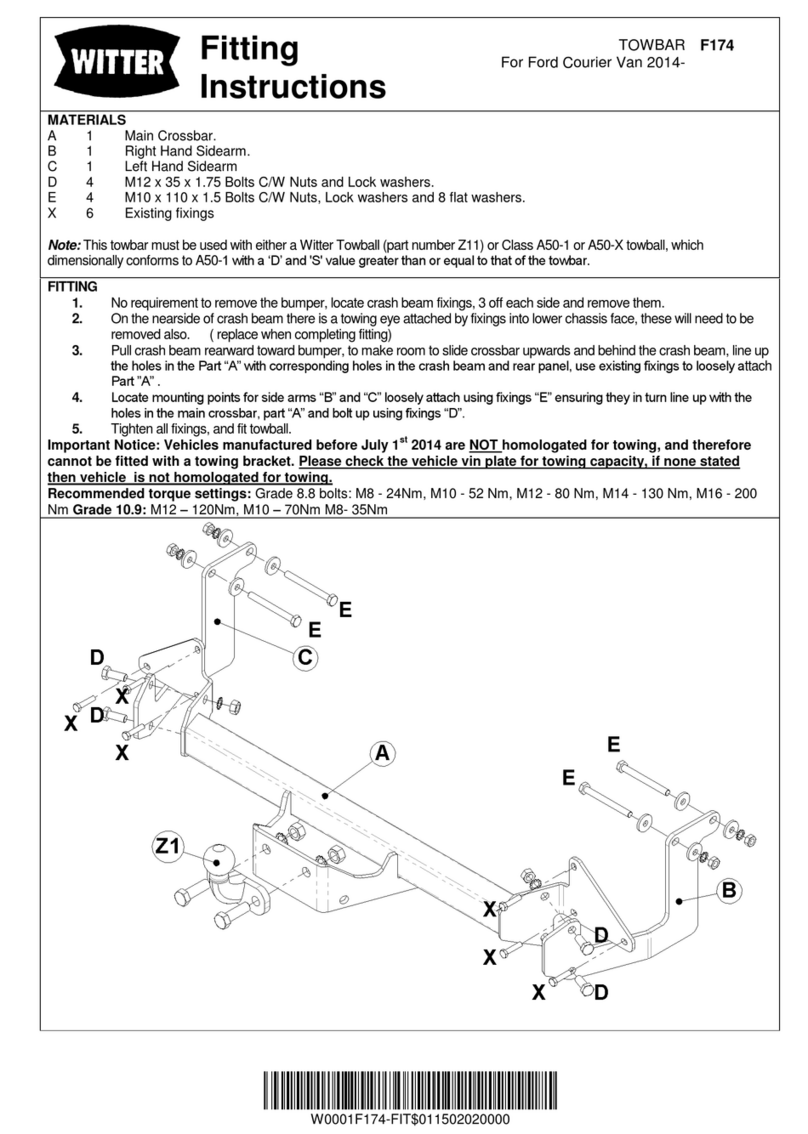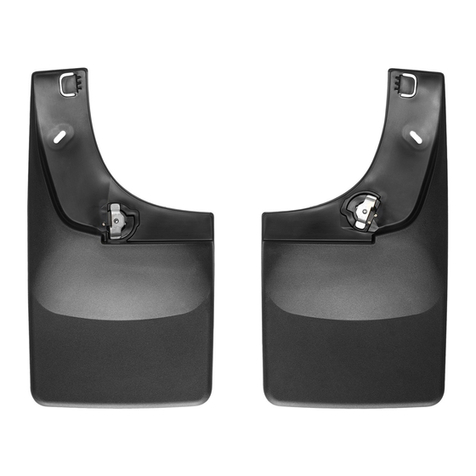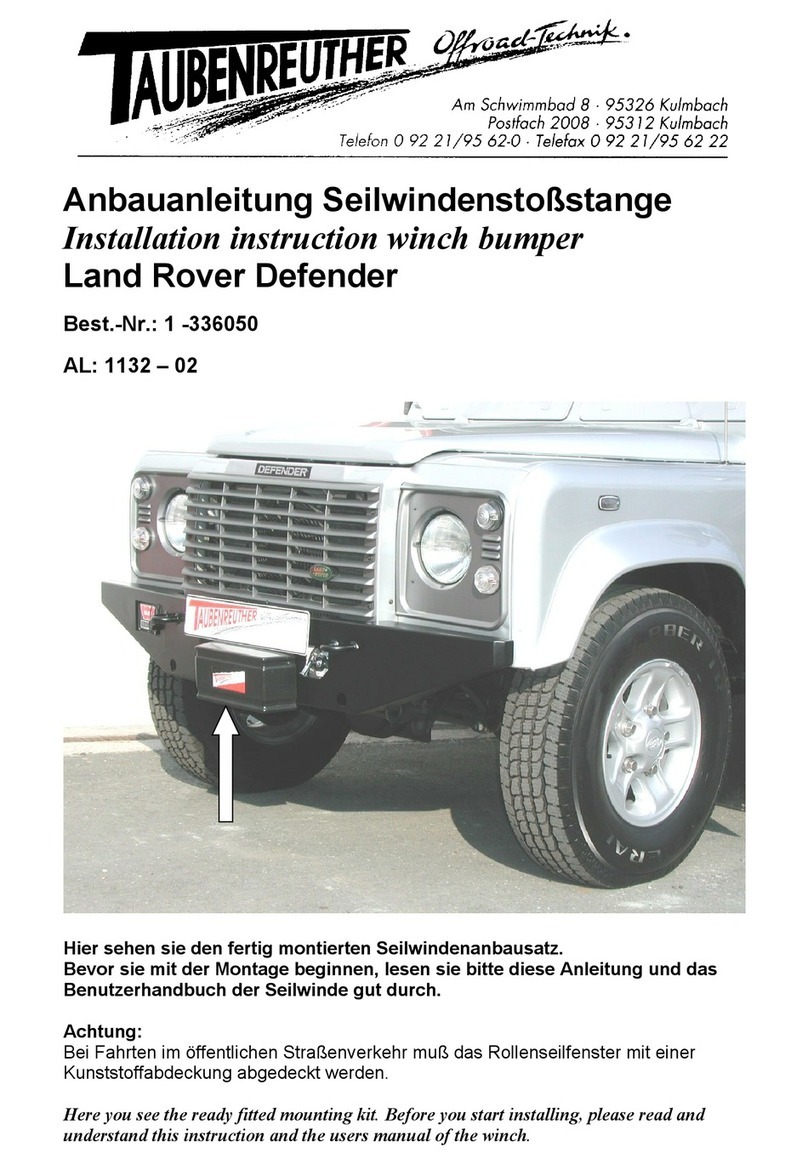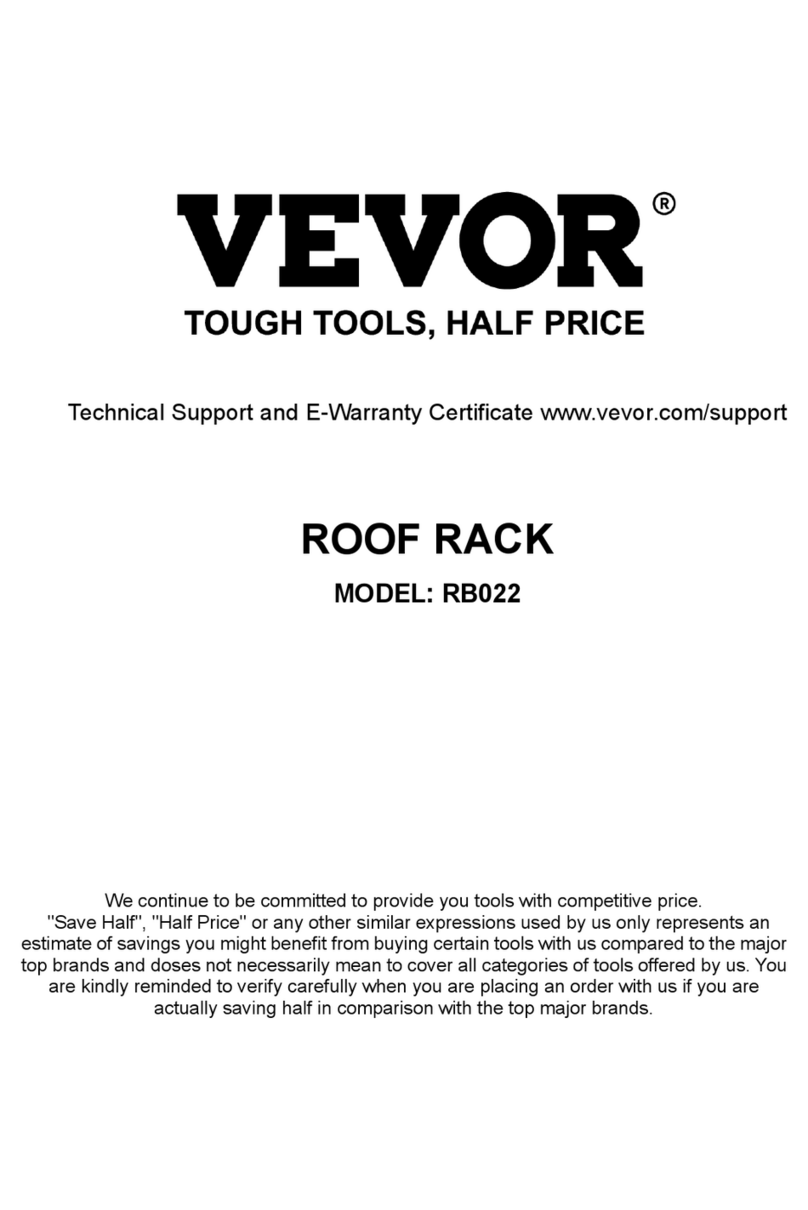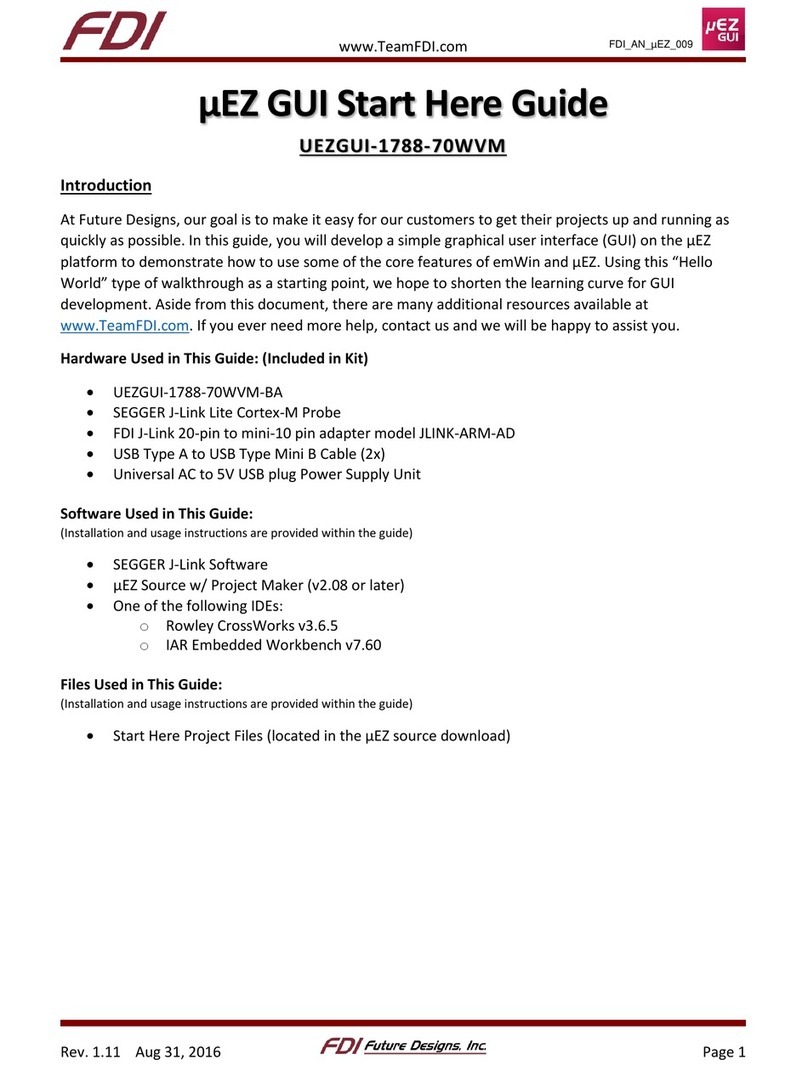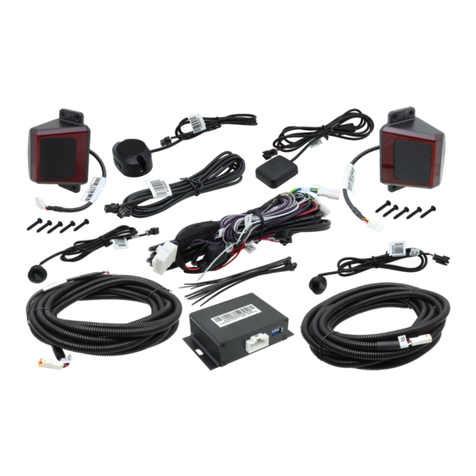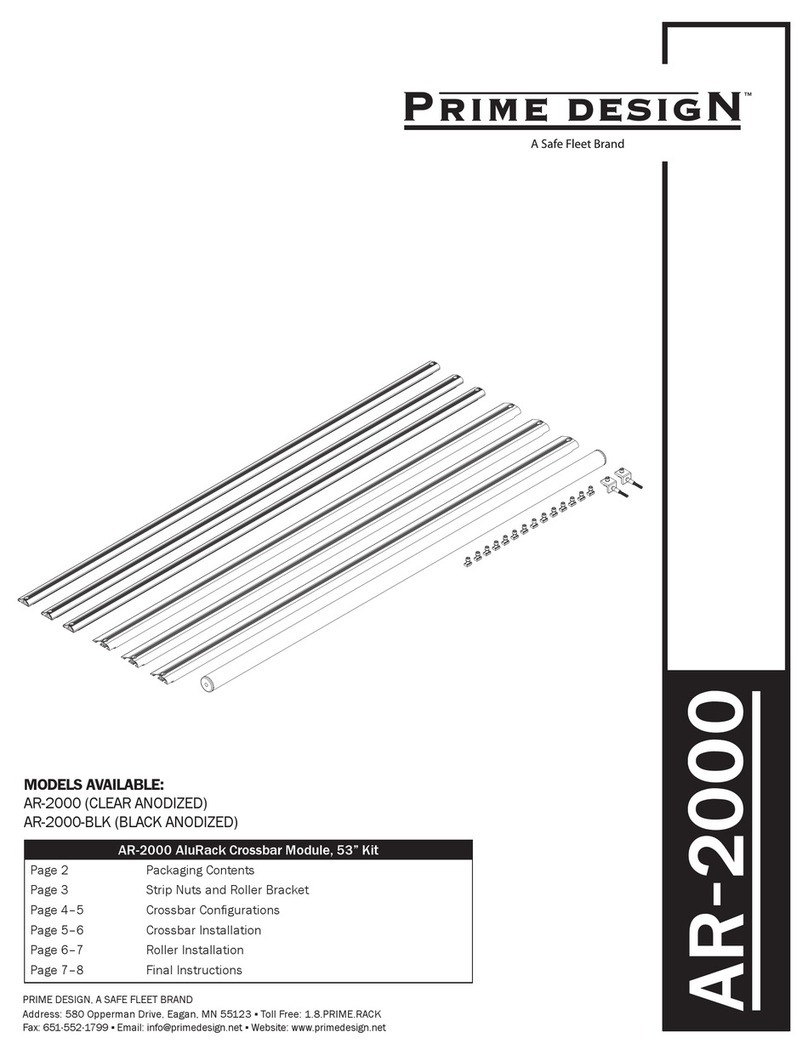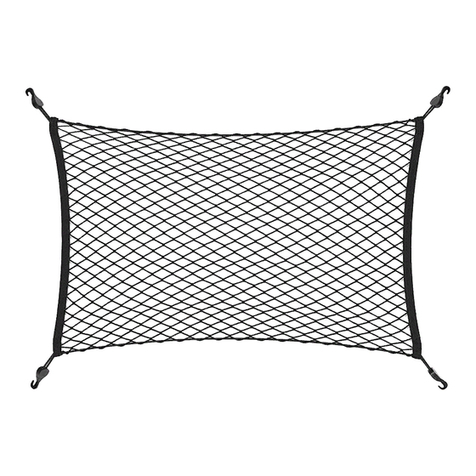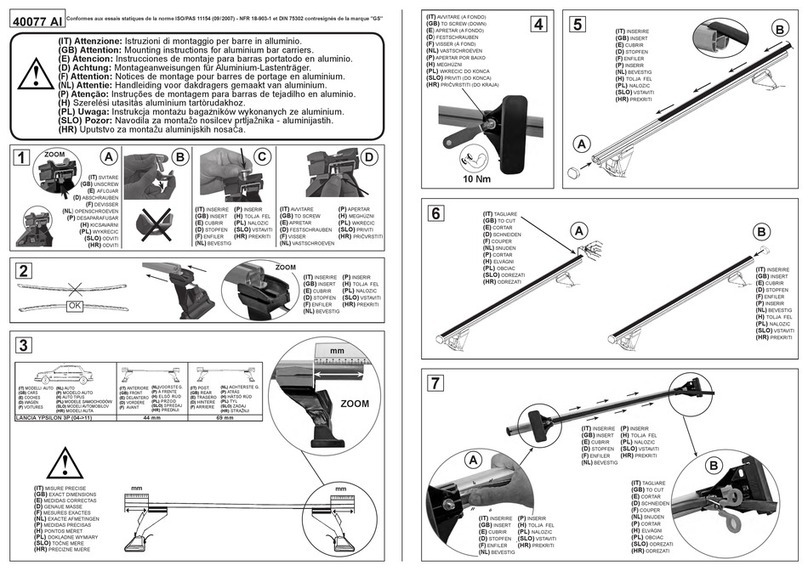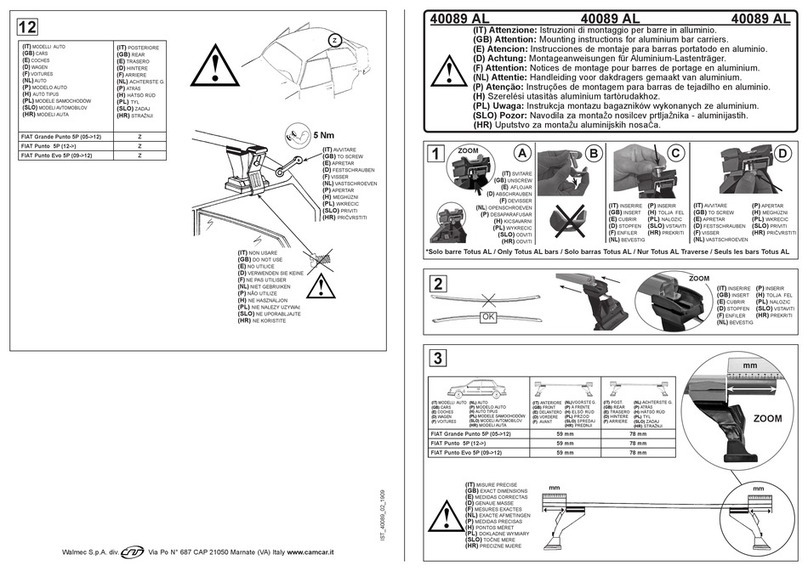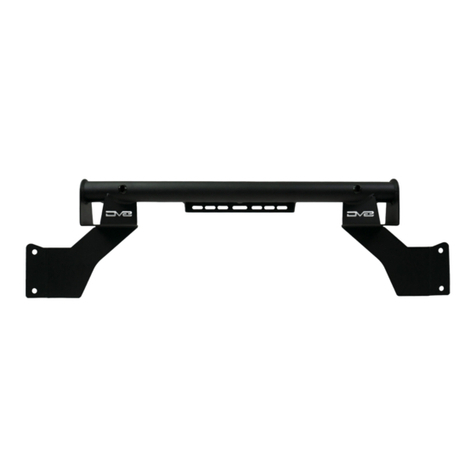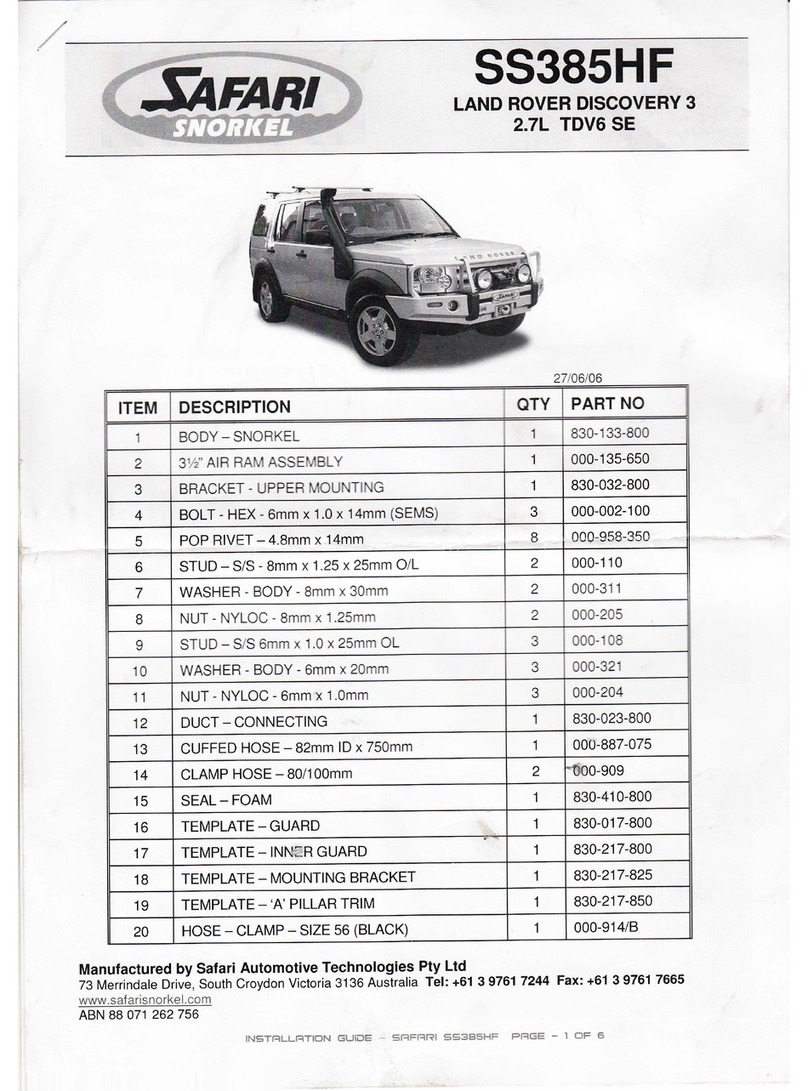
02
SAFETY ADVICE AND WARNINGS
•Read these instructions carefully before plugging in the charger and keep them
for future reference. Failure to follow and observe these instructions could lead to
an accident.
•Do not allow infants or children to play with packaging material. It may cause
suocation.
•Do not disassemble, repair or modify this product.
•This charger shall not be used by children. Keep the charger and its cord out of
reach of children.
•This charger can be used by people with reduced physical, sensory or mental
capabilities or lack of experience and knowledge if they have been given
supervision or instruction concerning use of the appliance in a safe way and
understand the hazards involved.
•This charger is not a toy. Children should be supervised to ensure that they do not
play with the appliance.
•Ensure that the voltage indicated on the rating label matches the mains voltage
before plugging in the charger.
•Connect the charger to a socket that can supply a minimum of 32 amperes.
•The charger’s plug must t into the mains socket properly. Do not alter the plug.
•Do not use the charger if the cable or plug is damaged. If any of the charger
casings break, immediately disconnect the charger to prevent the possibility of an
electric shock.
•Do not use the charger with damp hands or feet or barefooted.
•Do not use in inclement weather or immerse the portable charger in water.
•Do not force the power cord. Never use the power cord to lift up, carry or unplug
the charger.
•Check the state of the power cord. Damaged or tangled cables increase the risk
of electric shock.
•The temperature of the accessible surfaces may be high when the charger is in
use.
APPLICABLE VEHICLES
There are two dierent charging standards for EVs,
Type 1 and Type 2. Please make sure you are choosing
the correct charging plug for your EV.
The IEC 62196 Type 2 plug was selected by the European
Commission as ocial charging plug within the European
Union.It is used for charging electric cars,Tesla included,
mainly within Europe.
TYPE1
TYPE2
Dear Customer, Many thanks for choosing to purchase a Vevor product. Thanks
to its technology, design and operation and the fact that it exceeds the strictest
quality standards, a fully satisfactory use and long product life can be assured.
Please read this manual carefully to use the product correctly and safely. Before
using this product please pay special attention to“safety advice and warnings”.
This product is intended for domestic use only. Please keep this manual safe for
future use. Vevor will not accept any liability if the product is subject to
improper use, or failure to comply with this guidance.
